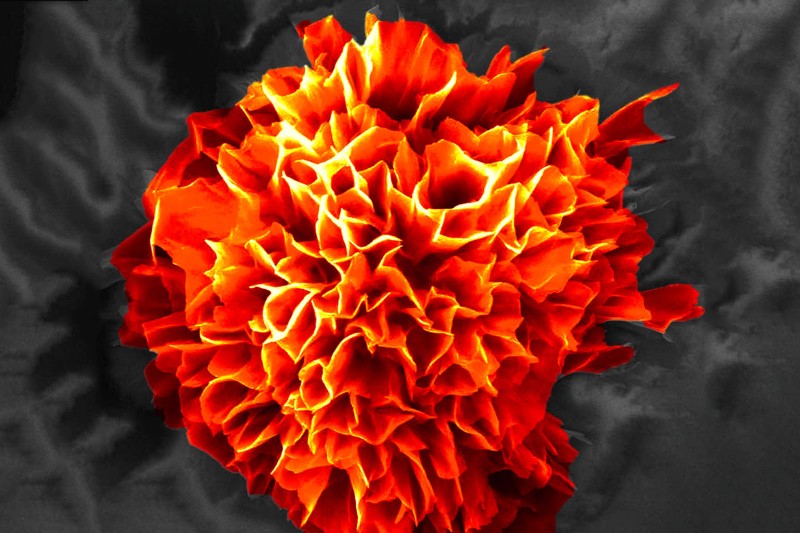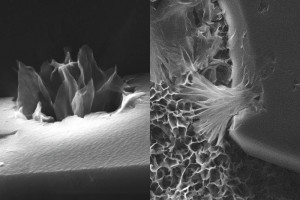Take that, nature. Tiny artificial flowers have now been created, and they take just 3 hours to bloom.
Developed by Sheshanath Bhosale from RMIT University in Melbourne, Australia, and his team, the intricate structures take shape when two organic chemicals, a phosphonic acid and melamine, are mixed in water. The flower in the picture above is just 10 micrometres wide. It has been magnified 20,000 times and digitally coloured.
The flower’s early stages are shown below. The structure of the reacting chemicals, and the hydrogen bonds they form between them, cause the petal-like arrangement to grow on its own.
The complex surface provided by microflowers is gaining attention as it could be useful in a range of applications, including water-repellent coatings and materials that can detect explosives.
Images: RMIT-Indian Institute of Chemical Technology Research Centre
Read more about the first artificial microflowers at New Scientist website.
By Sandrine Ceurstemont











